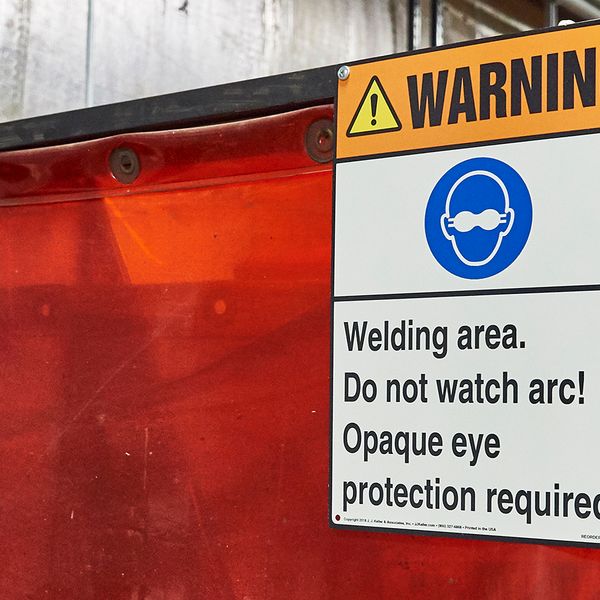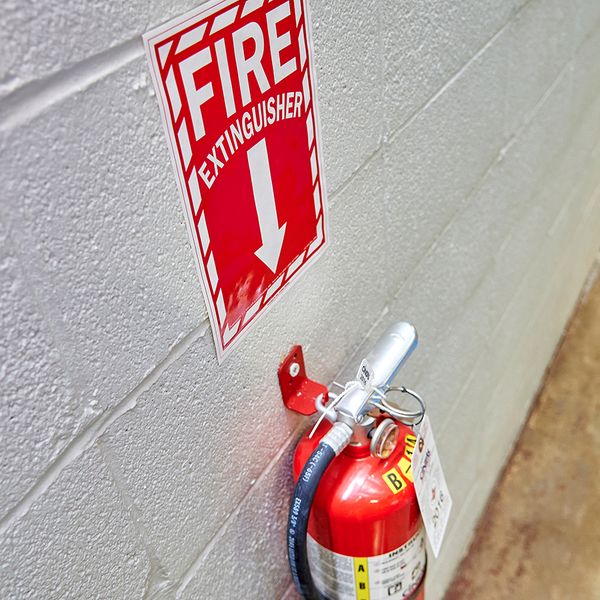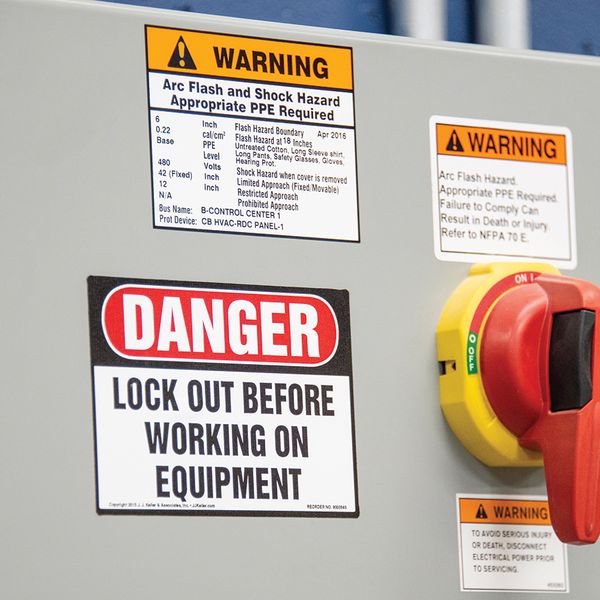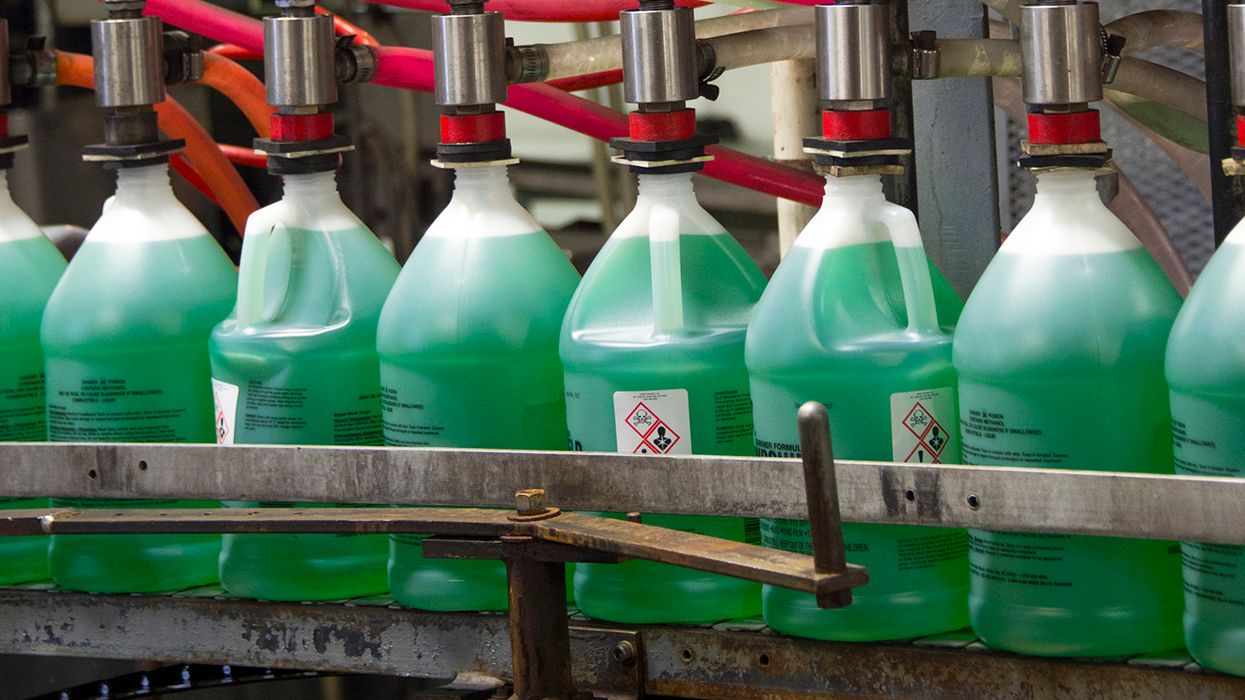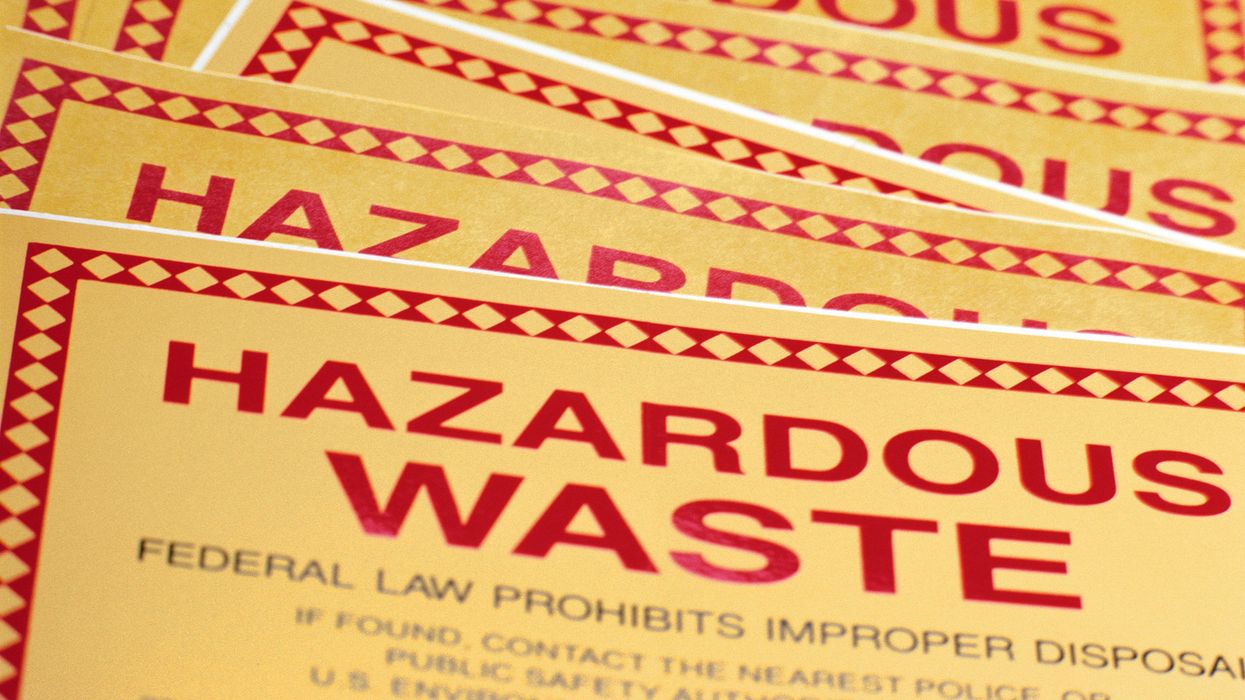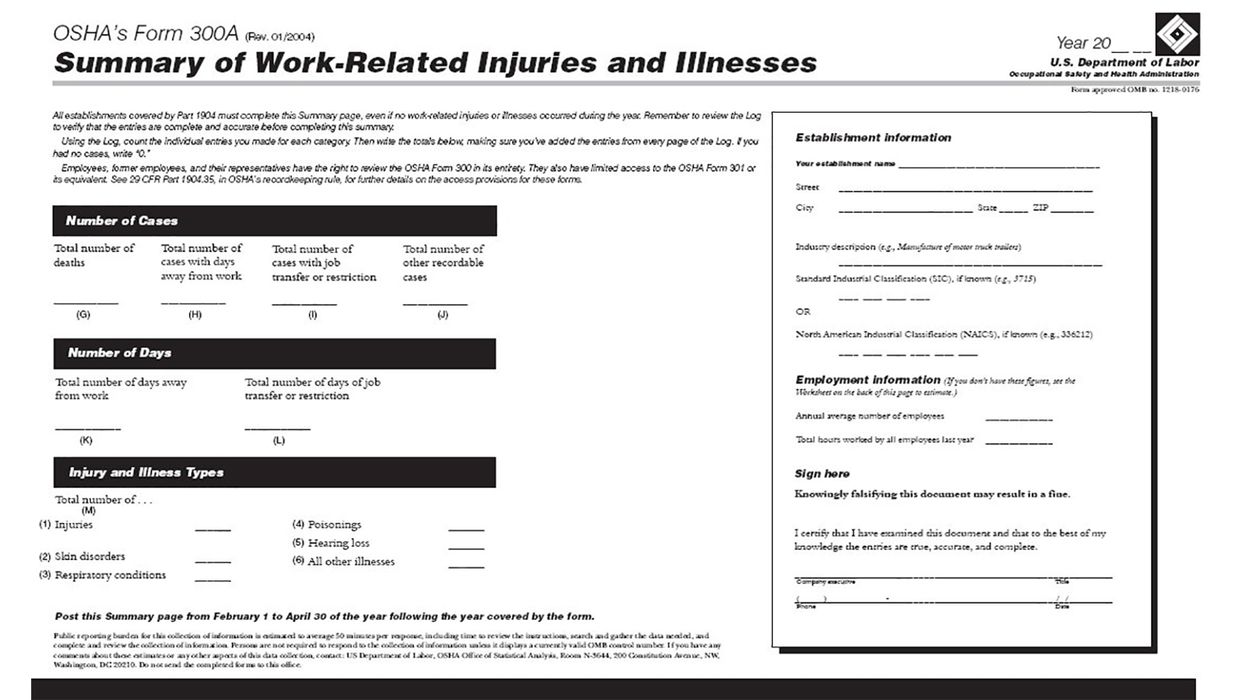OSHA plans to put an end to safety color code
Think of the 1970s, and images of disco, bell-bottoms, and fringe jackets come to mind. However, smack dab in the middle of that decade, the OSHA Safety Color Code was born. We may never know if it inspired the tie-dyed shirts of the day, but the code put in place employer compliance obligations for the use of red, orange, yellow, green, blue, purple, black, and white.
By 1978, in another OSHA rulemaking, the color code shed all its colors except red and yellow. Now, decades later, an OSHA proposal, if finalized, intends to close the chapter on the remaining colors in the code.
Origin of Safety Color Code
During World War II, the U.S. War Department recognized that safety colors needed to be standardized. It approved an American War Standard for safety colors before the war’s end.
The American Standards Association (ASA) spearheaded work on a Safety Color Code in 1946. This was an attempt to revise the American War Standard and broaden it for peacetime operations. In 1953 the ASA approved the Safety Color Code for publication, with more defined colors and their limits.
ASA became the USA Standards Institute (USASI) in 1966, and the organization modified the Safety Color Code in 1967. It’s this version entitled, Safety Color Code for Marking Physical Hazards (USAS Z53.1-1967), that OSHA used word-for-word to create 29 CFR 1910.144 on June 27, 1974.
The USASI then became the American National Standards Institute (ANSI), and subsequent versions of its Safety Color Code were published under a different number — ANSI Z535.1. These later versions adjusted the color specifications to accommodate color-blind people. In the seventh edition, the color definitions were removed, focusing only on the color specifications, not their meaning or application.
The current (tenth) iteration of the original American War Standard is ANSI Z535.1-2022, American National Standard for Safety Colors.
OSHA’s 1974 Safety Color Code
The original 1910.144 defined the designation of:
- Red, for fire protection equipment/apparatus, danger, and stop;
- Orange, for dangerous parts of machines or energized equipment, or to emphasize such hazards when guards or enclosure doors are open;
- Yellow, for caution and physical hazards;
- Green, for safety and the location of first-aid equipment;
- Blue, for caution and warning against starting/using/moving equipment under repair;
- Purple (or purple and yellow) for radiation hazards; and
- Black, white, or black and white, for traffic and housekeeping.
OSHA peeled away certain colors in 1978
Today’s 1910.144 no longer designates orange, green, blue, purple, black, white, or black and white. On October 24, 1978, OSHA revoked them so that it could “concentrate its enforcement resources on hazards which have greater significance and impact on exposed employees.”
At the time, the majority of commenters objected to the revocations. Yet, OSHA disagreed, saying:
- Employee safety is not enhanced by such unnecessarily detailed requirements for these colors,
- Accident prevention signs under 1910.145 will provide better and adequate hazard recognition,
- Color-coding by itself is not very effective since there’s no OSHA criteria for hue,
- Color-blind workers may fail to understand the color’s message,
- The OSHA colors may conflict with fire codes,
- Lockout/tagout locks and tags are clearer than blue color for warning against repair hazards, and
- The requirements for the use of purple are vague.
Back in 1978, OSHA said it would NOT revoke the red and yellow designations “in the best interest of worker protection.”
Latest proposal
Today, OSHA says the hazards that red and yellow designations are intended to identify are sufficiently addressed by OTHER federal, state, and local requirements. Examples include 1910.145 (Specifications for Accident Prevention Signs and Tags) and state and local building and fire codes. OSHA does not list the building and fire codes, however.
OSHA explains that flagging hazards by color alone may be ineffective for color-blind workers. Also, the agency cites employers for 1910.144 only about four times per year, which tells us the 7.45 million covered employers are mostly following 1910.144, or OSHA inspectors are not looking for color-code violations.
OSHA proposes to remove not only 1910.144, but also regulatory sections or paragraphs that refer to that regulation. Those include 1910.262(c)(8) for textiles, 1910.265(c)(11) for sawmills, and 1915.90 for shipyards. OSHA calculates the likely cost savings to be $51.9 million.
The proposal asks for public comments by September 2, 2025, on questions about:
- Cost and time savings from the proposed changes,
- Anticipated worker protection from removing the regulations, and
- Costs to employers that would result from a rollback of the safety regulations.
Even if the rule is finalized, state-plan states may keep the color code requirements. OSHA seeks comment on this too.
Finally, September 2 is also the deadline for anyone to submit a request to OSHA to hold an informal public hearing on the proposal. If a hearing is requested, the agency will announce the hearing in the Federal Register.
Key to remember
OSHA proposes to remove 1910.144 from the Code of Federal Regulations, along with a few regulatory sections and paragraphs that refer to 1910.144. The change, if finalized, would be deregulatory. The agency says other requirements address the same hazards.





